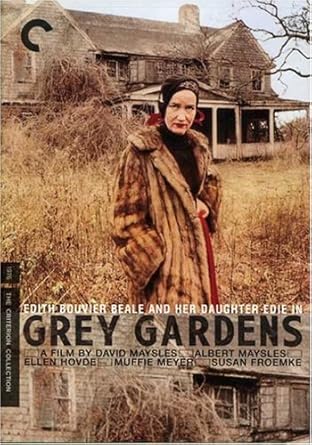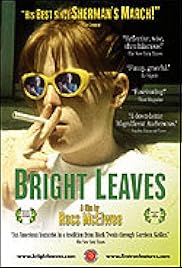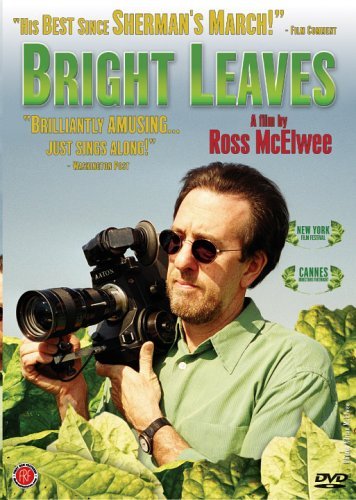Janaan Jan
We have been able to make a breakthrough on our idea. We began by thinking about what the idea was missing, which was something/someone to ground in. We all thought about people we knew who used film and how it helped them, at this point I began to think of my own family, particularly my older sister who has 'Dissacociative Depersonalisationalisation/Derealisation Disorder, Dissacociative Amnesia'. Her mental health has caused some problems in her life but she never let it be and excuse to not pursue her goals. She has always used film to escape life when her mental health has proved to much and she also wants to enter a film related career in Film Theory.
 This idea would focus on Janaan as a person, it would still explore the escapism of film but instead the film theme will be tied to Janaan's experiences. We would like to explore how the interviews would tie into the narrative and if both the film professor and film shop owner would be needed. In the new idea we do not want to shy away from the dark side of mental health but we also want to show the amazing things that Janaan has been given as a result of her condition.
This idea would focus on Janaan as a person, it would still explore the escapism of film but instead the film theme will be tied to Janaan's experiences. We would like to explore how the interviews would tie into the narrative and if both the film professor and film shop owner would be needed. In the new idea we do not want to shy away from the dark side of mental health but we also want to show the amazing things that Janaan has been given as a result of her condition.
Overall I am looking forward to exploring this idea and seeing how we can bond both film and Janaan to raise awareness for mental health as well as the importance of film in today's ever evolving society.






